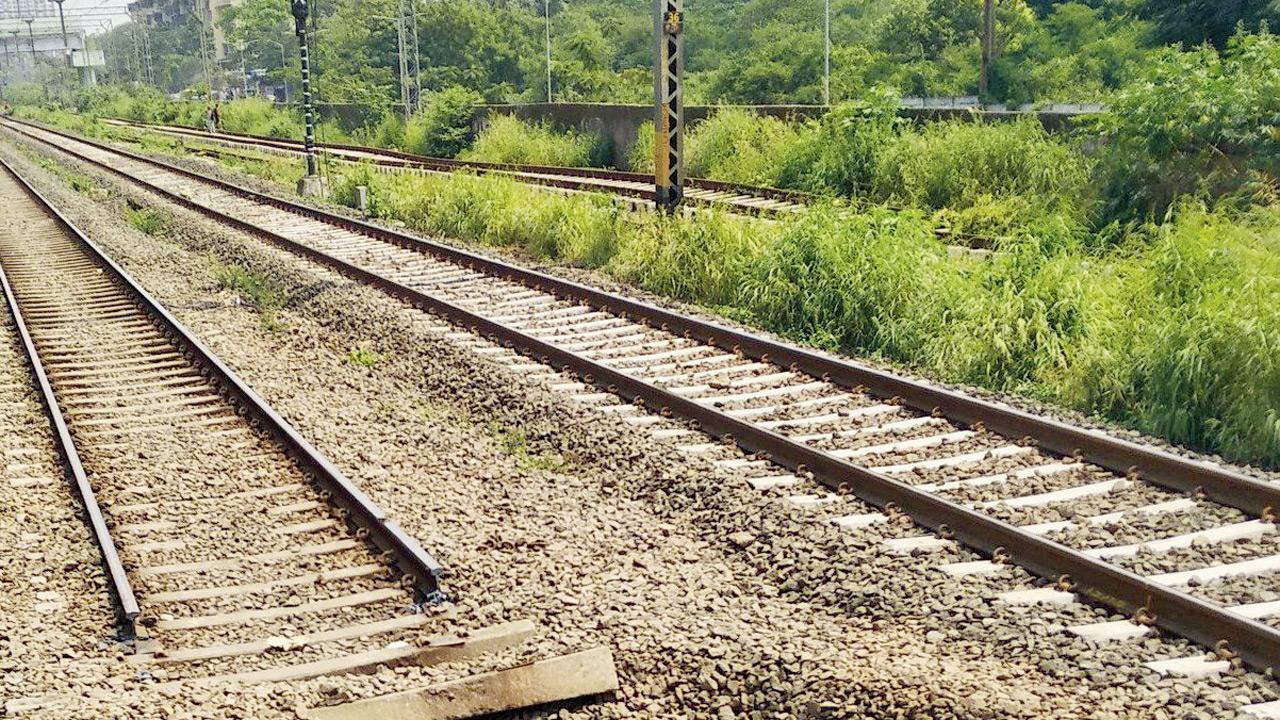Ballastless tracks near creeks first need a technical study; amid negligible response from bidders, railways extend deadline to Sept

Tracks near the Thane creek between Thane and Diva railway stations are one of the locations for the study
The wait for Mumbai railway’s dream of getting stone-less rail tracks along its creeks just got longer due to negligible response from bidders for a technical study. The project was supposed to take place with international funding under phase three of the urban transport project. The date for bidding has been extended to September.
ADVERTISEMENT
The ambitious ballastless track project will prove to be immensely beneficial to Mumbai suburban railway but initially will require a technical study under the Mumbai Urban Transport Project phase 3. Its benefits include longer life of tracks and they are almost maintenance-free, though the initial costs will be high.
“In Mumbai suburban area, several projects are in progress and at many places, subsoil condition is not good. Since Mumbai is surrounded by the sea, special care is to be taken for the construction of railway projects. At locations where subsoil is weak and/or formation height is more, laying ballastless track is a challenge. At different locations, requirements are different. The main objective of the study is to have consultancy for suggesting suitable ballastless track system which can be laid over weak formation/subsoil keeping in view properties of substrata,” a senior official said.
Originally floated last year, the Mumbai Rail Vikas Corporation has been struggling to get bidders for the study.
Also read: Mumbai: Three rail staffers save 70-year-old crossing tracks
Key locations for study
>> Creek and marine clay area between Diva and Kaman, approx 16 km long
>> Approach of Thane creek on either side, between Mankhurd and Vashi railway stations, approx 4 km long, and 2 km near Khandeshwar station
>> Creek and marine clay area between Dahisar and Naigaon, approx 11 km long.
>> Creek and marine clay area between Virar and Dahanu Road, approximately 15 km in length
 Subscribe today by clicking the link and stay updated with the latest news!" Click here!
Subscribe today by clicking the link and stay updated with the latest news!" Click here!






